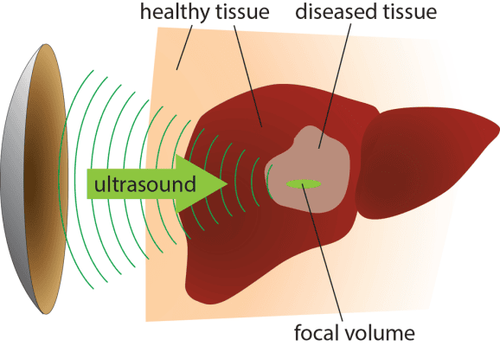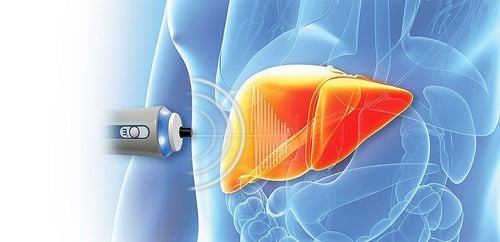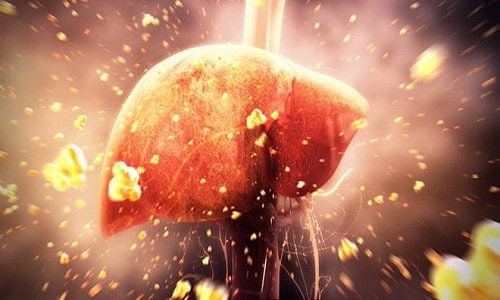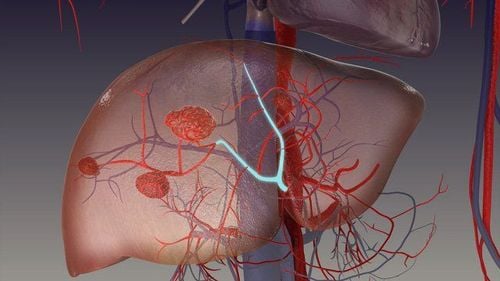This is an automatically translated article.
The article is professionally consulted by Master, Doctor Le Hong Chien - Radiologist - Department of Diagnostic Imaging and Nuclear Medicine - Vinmec Times City International Hospital. The doctor has many years of experience working in the field of diagnostic imaging and interventional radiology.Cirrhosis is a late stage of chronic liver damage, and over time, liver fibrosis will turn into cirrhosis and liver cancer. Therefore, measurement of liver fibrosis is essential in treatment to contribute to reducing progression. In particular, ARFI is a safe, accurate, and highly effective ultrasound technique for measuring liver fibrosis.
1. Liver fibrosis
Liver fibrosis is a condition in which liver cells are damaged continuously over a long period of time. Scar tissue will constantly replace damaged tissue and lead to cirrhosis. When more and more scar tissue appears on the liver, the blood flow through the liver will be blocked by scar tissue and severely impair liver function.The stages of cirrhosis include:
Cirrhosis F1 : the period when the tissues and liver cells begin to appear damaged. At this stage, the disease is relatively mild and the clinical manifestations do not appear much or even no symptoms. F1 cirrhosis stage, liver function has not been much reduced, so if detected in time by measuring liver fibrosis, it is possible to completely recover. F2 cirrhosis: this is the stage of liver fibrosis, at this time the liver cells are damaged more and more scar tissue and cirrhosis are formed, so the liver function is significantly reduced. The common symptoms at this stage are similar to the first stage but at a more severe level, and additional symptoms such as yellowing of the skin, eyes, ... due to a disorder in the metabolism of bilirubin in the liver. Cirrhosis F3: large amount of fibroblasts cause liver dysfunction. Other normal liver cells have to work harder to get rid of toxins. However, it is still not enough to meet the demand because the amount of fibroblasts is already a lot. The patient now shows symptoms such as jaundice, obvious yellowing of the eyes, edema, general fatigue,... Cirrhosis F4: this is the final stage of the disease, liver cells have been completely damaged. liver and complete loss of function. End stage cirrhosis can cause many dangerous complications such as cirrhosis, ascites due to fluid accumulation, and can even progress to liver cancer. Therefore, the diagnosis of liver fibrosis is one of the important criteria in deciding on treatment, monitoring the progression and prognosis of the disease. There are many methods to assess the degree of liver fibrosis, in which liver biopsy is the gold standard, however, this is an invasive technique and can cause complications affecting the patient's health. Therefore, tissue elastography using ARFI technique is the first priority non-invasive method to identify liver fibrosis.
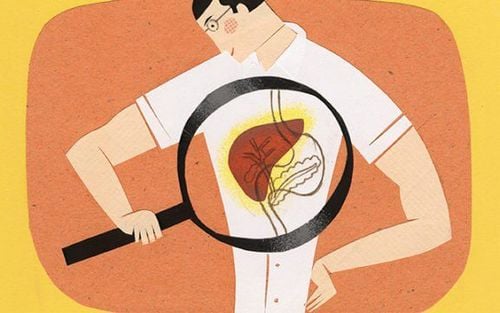
2. Liver elastography
ARFI elastography is a new technique of diagnostic ultrasound, which aims to reflect the stiffness of the lesion. Technique performed as routine ultrasound. Many evidences demonstrate that the technique of ultrasound elastography of the liver (ARFI) reduces unnecessary biopsies and enhances the accurate diagnosis of liver diseases.The advantages of the ARFI hepatobiliary ultrasound technique include:
The standard set of ultrasound machine parameters to measure liver fibrosis is very accurate. The ARFI elastography is integrated into conventional ultrasound machines and allows use with conventional transducers during a standard liver ultrasound examination. The ultrasound region can be selected, avoiding blood vessels in the elastography area and making it possible to perform both lobes of the liver, but preferring the right liver. The obtained ARFI elastography provides additional quantitative information on liver tumor stiffness and contour. From there, it is possible to distinguish liver hemangiomas from malignant liver tumors. Can be performed on patients with a lot of fluid in the abdomen, narrow rib space or obesity,... These limitations are not possible with other diagnostic ultrasound techniques at present. ARFI is an easy, simple, painless, non-invasive method to measure liver fibrosis that gives results in just a few minutes. Conventional ultrasound machines are installed with ARFI software, so they can both survey images of the liver and measure liver fibrosis at the same time.
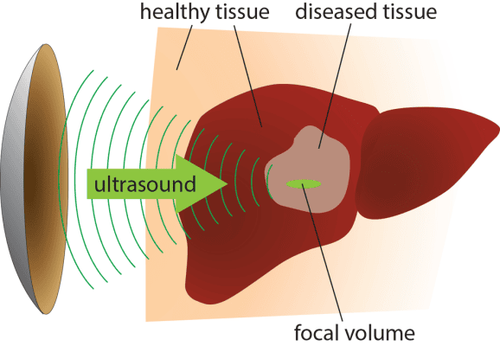
Currently, Vinmec International General Hospital has Hepatobiliary Screening packages, which help detect Hepatitis Virus at an early stage even when there are no symptoms. In addition, the comprehensive hepatobiliary screening package helps customers:
Assess the liver's ability to work through liver enzyme tests; Evaluation of bile function; vascular nutrition; Early screening for liver cancer; Perform tests such as Total blood cell analysis, blood clotting ability, screening for hepatitis B, C Assessment of hepatobiliary status through ultrasound images and diseases that have the potential to affect liver disease/cause liver disease. more severe liver disease In-depth analysis of parameters to evaluate hepatobiliary function through laboratory, subclinical; the risk of affecting the liver and early screening for hepatobiliary cancer.
Please dial HOTLINE for more information or register for an appointment HERE. Download MyVinmec app to make appointments faster and to manage your bookings easily.





